The CO Research Trust is committed to helping improve legislation, regulation, standards, and official guidance relating to carbon monoxide (CO) poisoning. We do this by funding the research and evidence gathering that will inform policymakers.
In the UK, the following specifically relate to CO poisoning;
The Gas Safety (Installation and Use) Regulations 1998 (legislation.gov.uk)
The Gas Safety (Installation and Use) (Amendment) Regulations 2018 (legislation.gov.uk)
The Gas Safety (Installation and Use) Regulations 1998 give increased legal protection to the public and place important duties upon public and private landlords to manage the risks from gas appliances or the supply of gas. The regulations cover both normal gas supplies and liquefied petroleum gas (LPG), which is usually supplied from tanks and cylinders and is commonly used in mobile homes and some rural areas where mains gas is not supplied.
Although the gas safety regulations apply generally to occupiers of residential property, they impose particular responsibilities on landlords and tenants. These responsibilities apply to all property occupied for residential purposes under a licence, a periodic tenancy, or a lease (tenancy) for a fixed term of less than seven years (a 'lease' does not include a mortgage term).
Gas Safety (Management) Regulations 1996 (legislation.gov.uk)
These Regulations deal with the management of the safe flow of gas (defined as any substance in a gaseous state which consists wholly or mainly of methane), whether in a single system or a network of connected systems. The Regulations make it unlawful for gas to be conveyed in a system or network without a safety case being prepared by the conveyor and accepted by HSE. Where two or more gas transporters operate on a network, there has to be a sole network emergency co-ordinator (NEC) for that network, whose safety case has been accepted by HSE.
The Regulations cover requirements for emergency response to and investigation of gas escapes. These requirements apply to an escape of natural gas, or actual/suspected emission of carbon monoxide (CO) from an appliance using natural gas; they interface with GSIUR provisions on escapes of other fuel gases and emissions of CO from appliances using gases other than natural gas.
The Gas Appliances (Safety) Regulations 1995 (legislation.gov.uk)
All new appliances burning gaseous fuel (that is to say, any fuel which is in a gaseous state at a temperature of 15 degrees Celsius at a pressure of 1 bar) used for cooking, heating, hot water production, refrigeration, lighting or washing and having, where applicable, a normal water temperature not exceeding 105 degrees Celsius, are subject to the Gas Appliances (Safety) Regulations 1995, and must bear CE marking and be safe. However, gas appliances specifically designed for use in an industrial process carried out on industrial premises are not subject to the Gas Appliances (Safety) Regulations 1995, but must still be safe and bear the CE marking in conformity with other applicable Regulations which implement other EC directives, eg on machinery and pressure.
The Smoke and Carbon Monoxide Alarm (England) Regulations 2015 (legislation.gov.uk)
The regulations require private rented sector landlords to have at least one smoke alarm installed on every storey of their properties on which there is a room used wholly or partly as living accommodation and a carbon monoxide alarm in any room wholly or partly used as living accommodation containing a solid fuel burning appliance. The landlord must make sure the alarms are in working order at the start of each new tenancy. Landlords are not responsible for testing alarms during the course of the tenancy.
The Reporting of Injuries, Diseases and Dangerous Occurrences Regulations 2013 (legislation.gov.uk)
These Regulations require employers to report specified occupational injuries, diseases and dangerous events to HSE. Certain gas incidents are reportable by suppliers of gas through fixed pipe distribution systems/LPG suppliers, and gas installers are required to report certain dangerous gas appliances to HSE.
Legislation and Standards improvement
Our research partners

University of Leeds

Manchester Metropolitan University

University of Hertfordshire

University College London

St George's University Hospitals

Sheffield Hallam University

Queen Mary University of London
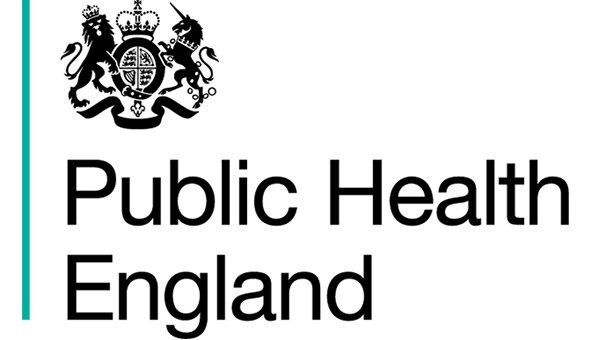
Public Health England

NPIS

Newcastle University
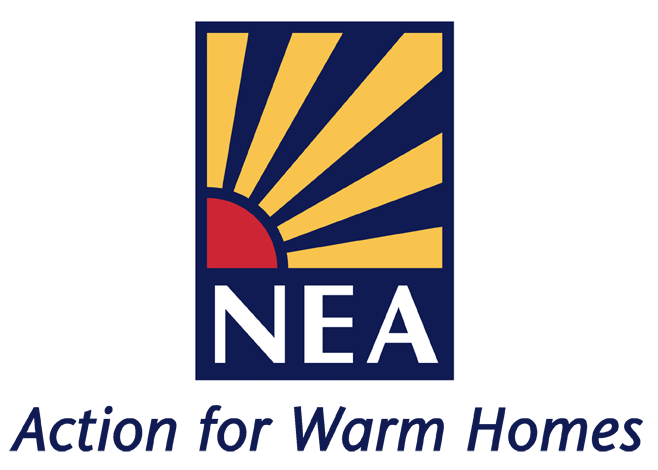
NEA
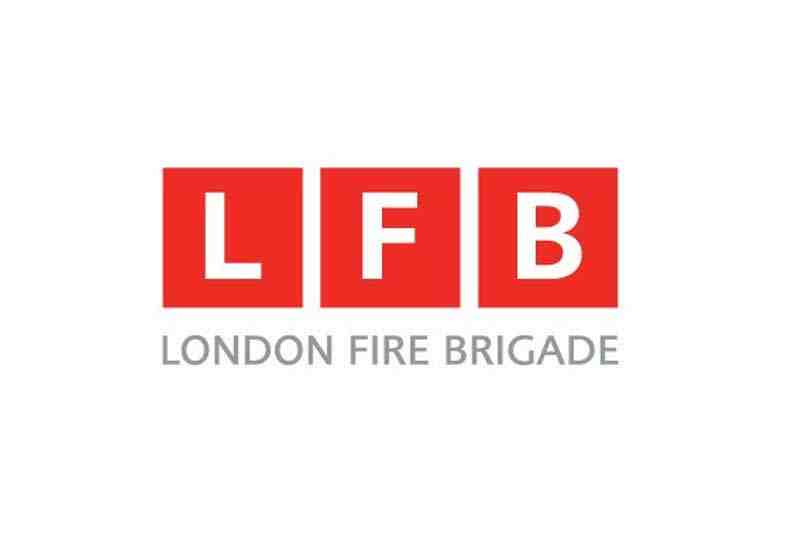
London Fire Brigade

Université de Lausanne

Imperial College London

Liverpool John Moore University

Lancaster University

Improving Practice in Performance
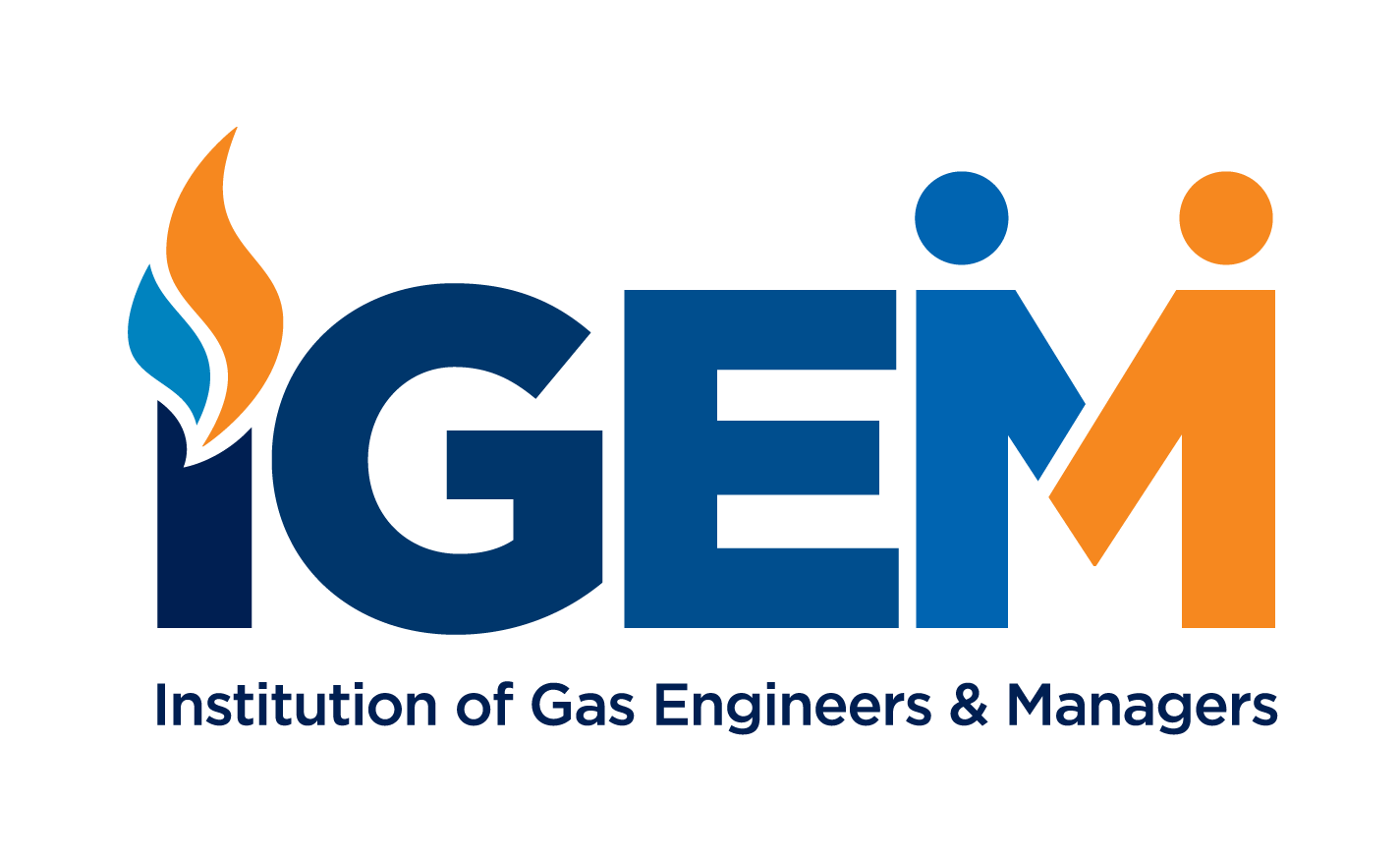
IGEM

East of England Ambulance Service

Cranfield University

Brunel University London

Aintree University Hospital
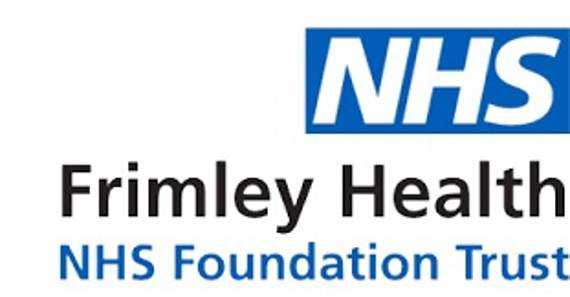
Frimley Health

University of Surrey
